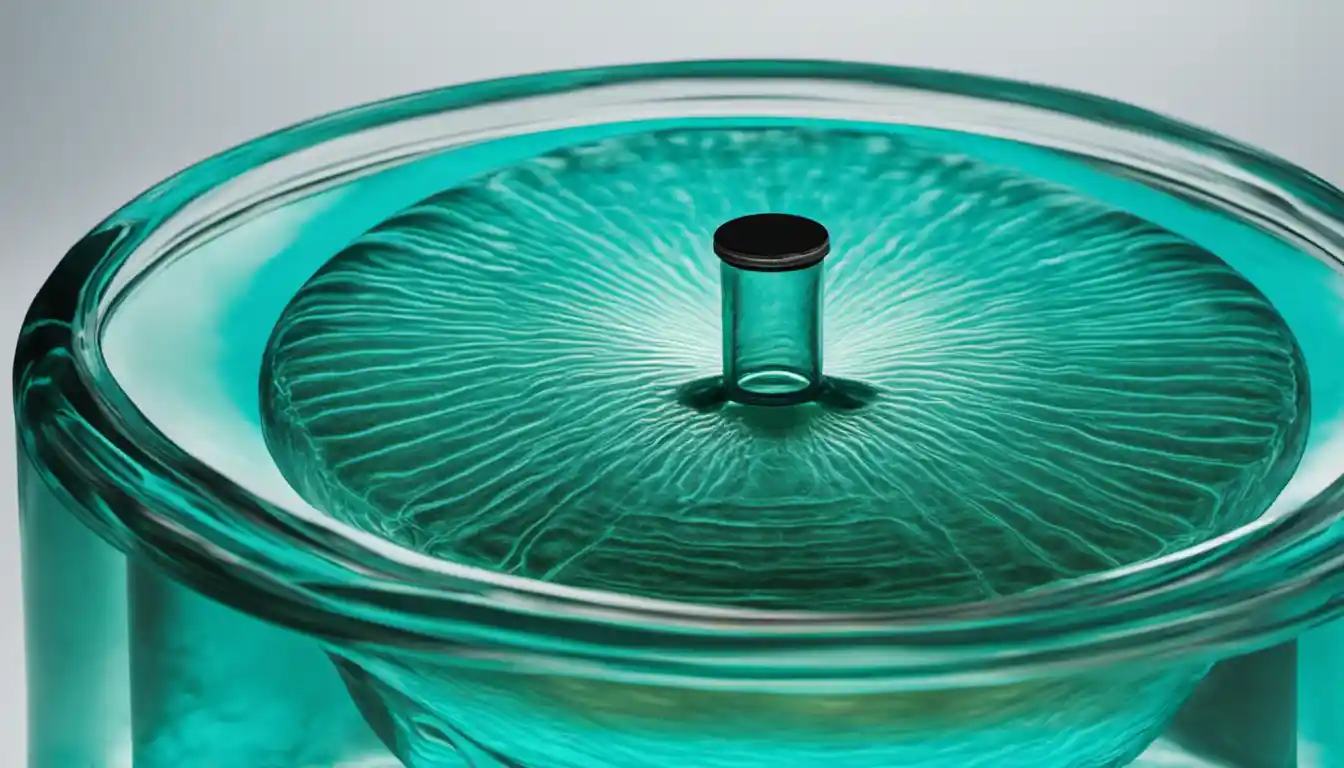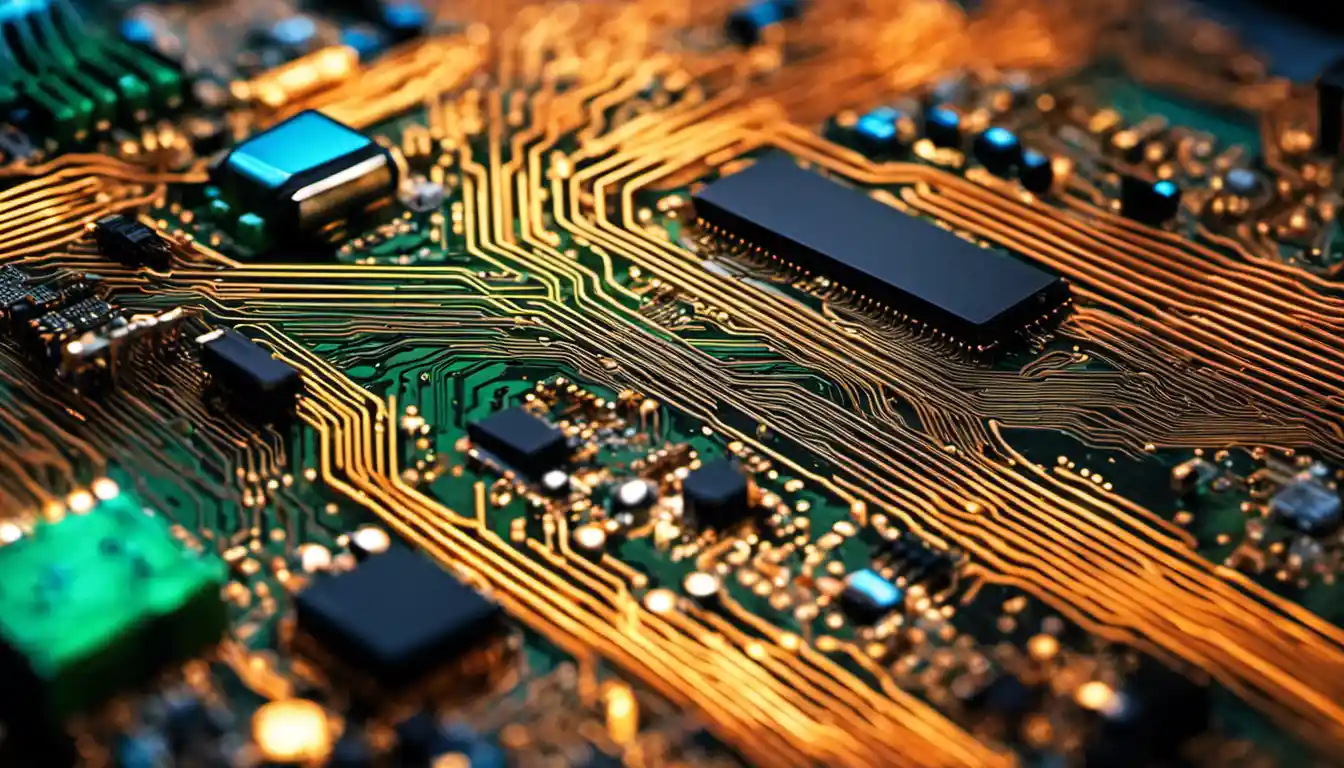Importance of Cleaning Your Solar Water Heater Tank
To clean a solar water heater tank, first ensure that power or gas is disconnected from the system. Drain the water by unscrewing the drain plug or valve, and then you can use a mixture of vinegar and water to clean the inside of the tank. Make sure to rinse thoroughly and refill with clean water before reactivating the system.
There’s no questioning the power of the sun when it comes to solar technology. However, even sun-powered tech still requires some old-fashioned elbow grease and maintenance. While we’re on the subject of maintenance, let’s talk about an important yet often overlooked task – cleaning your solar water heater tanks.
Why is cleaning your solar water heater tank so crucial? It’s all about efficiency. Regular cleaning aids in maintaining optimal performance of your solar water heater, preventing the accumulation of minerals, debris, and bacteria which could hinder heat transfer thus reducing the efficiency of your system.
Understanding Your Solar Water Heater System
Without getting too deep into the physics of it all, solar water heaters use the sun’s energy to heat water, which is then stored in a tank for use as needed. It sounds simple, and conceptually, it is. But the actual process and the system components are a bit more complicated.
Components of a Solar Water Heater System
The primary components of most solar water heater systems include solar collectors (the panels), a heat exchanger, a storage tank, and a pump. The storage tank is the heart of the matter; that’s probably why you’re here learning about how to clean solar water heater tank.
How a Solar Water Heater Works
Essentially, the solar collector absorbs solar radiation, converting it into heat. This heat is then transferred to the water through a circulation pump and a heat exchanger. The warmed water is stored in the tank, ready for use.
Identifying Signs That Your Solar Water Heater Tank Needs Cleaning
Decreased Efficiency
A drop in efficiency could indicate it’s time for a cleaning. If you notice that it takes longer to get hot water or that the water isn’t as hot as usual, mineral buildup could be insulating the water from the heat source.
Altered Water Quality
Any changes in your water quality, such as cloudiness, strange smells, or a metallic taste, can indicate that it’s time to clean your tank. Impurities and scale can affect water quality over time.
Tools Needed for Cleaning a Solar Water Heater

Cleaning your solar water heater tank doesn’t require a ton of fancy gadgets, but you will need some basic cleaning tools.
For External Cleaning
A soft, bristle brush, a bucket, mild dish soap, and a hose are generally all you need for external cleaning.
For Internal Cleaning/Flushing
For internal tank cleaning or flushing, you’ll want to use white vinegar, a submersible pump, and hoses. The vinegar works to dissolve mineral build-up within the tank, while the pump helps to circulate the vinegar and speed up the cleaning process.
How to Clean the External Components of Your Solar Water Heater
Cleaning the Solar Panels
Gently brush any loose debris off of the panels. Mix a mild dish soap and water in your bucket and gently scrub the panels. Rinse thoroughly with your hose, making sure there’s no soap residue left on the panels.
Handling Debris and Surrounding Area
Keep the area around your solar water heater clear of debris and objects that could cause damage. Trim any overhanging branches and make sure there’s good airflow around your system.
How to Clean the Internal Components of Your Solar Water Heater
Checking and Managing Fluid Levels

Ensuring the fluid levels are right is key to your solar water heater’s operation and maintenance. When levels get low, refilling and repressurizing the system are necessary.
Preventing and Removing Scaling
Any accumulated scale on the heat exchanger or within the tank needs to be removed, as it can significantly reduce the efficiency of heat transfer. The cleaning method will depend on the type of system and scaling, but generally, acidic solutions like vinegar are effective in breaking down scale.
Step by Step Guide on How to Flush a Solar Water Heater
Preparation for Flushing
Before you get down to business with flushing your solar water heater, make sure your system is off and cool. You wouldn’t want to handle hot solar fluid.
Process of Flushing Your Solar Water Heater
-
Disconnect the solar fluid return line, redirect it to a bucket, and let the system drain.
-
Once fully drained, fill your pump’s reservoir with a 50/50 white vinegar and water solution.
-
Attach a hose from the pump to the solar fluid supply line. With another hose, connect the solar fluid return line back to the pump, creating a loop.
-
Run the pump for about 30 minutes to an hour, allowing the vinegar solution to circulate through the system, dissolving mineral buildup and bacteria.
-
After flushing, drain the vinegar solution, reconnect the initial connections, and refill the system with clean solar fluid.
Post Flushing Care
After standby for a while, turn your system back on and check for leaks. Resolve any leaks before proceeding.
Professional Servicing for Your Solar Water Heater
When to Seek Professional Assistance

As someone who’s been in the game for over 20 years, let me tell you this – while DIY maintenance can help prolong your solar water heater’s lifespan, occasionally, you’ll need to call in a professional. Certain tasks, such as checking pressure release valves, temperature settings, and anode rod replacements, are best left to professionals to ensure safety and accuracy.
What to Expect from a Professional Service
A professional will conduct a comprehensive check-up of your solar water heating system, handle flushing and scale removal, and determine any parts which need to be replaced or repaired for optimal functioning. They should be able to handle all the in-depth details, leaving you a well-maintained system for peace of mind.
Maintaining Your Solar Water Heater Post-Cleaning
Regular Inspections
Routine checks are vital to catch problems early and keep your solar water heater running efficiently. A monthly once-over of the system can save you big in the long run.
Regular Fluid Checks
Always check fluid levels and color. If it appears cloudy or has debris, it’s time for a change.
Debris Management
Keeping solar panels and surrounding areas clear from debris helps to maximize system performance. Not only does it keep things looking neat, but it’ll prevent potential damages too.
Conclusion: Importance of Regular Cleaning and Maintenance
Cleaning and maintaining your solar water heating system is key to securing its longevity and ensuring that you’re getting the most out of your solar investment. Understanding how to clean a solar water heater tank and how to flush a solar water heater system are essential skills for any solar-powered homeowner. They’re not only fundamental to the proper functioning of your system but also aid significantly in cost-saving on energy and future repair works.
For a more in-depth look into maintaining your solar water heater, head over to our definitive guide here. As a solar energy expert with over two decades of experience, I can’t emphasize enough the difference regular maintenance makes. My hope is, by sharing my expertise, your solar journey will be as bright and efficient as possible. And remember when it comes to solar water heaters, a little maintenance goes a long way!



